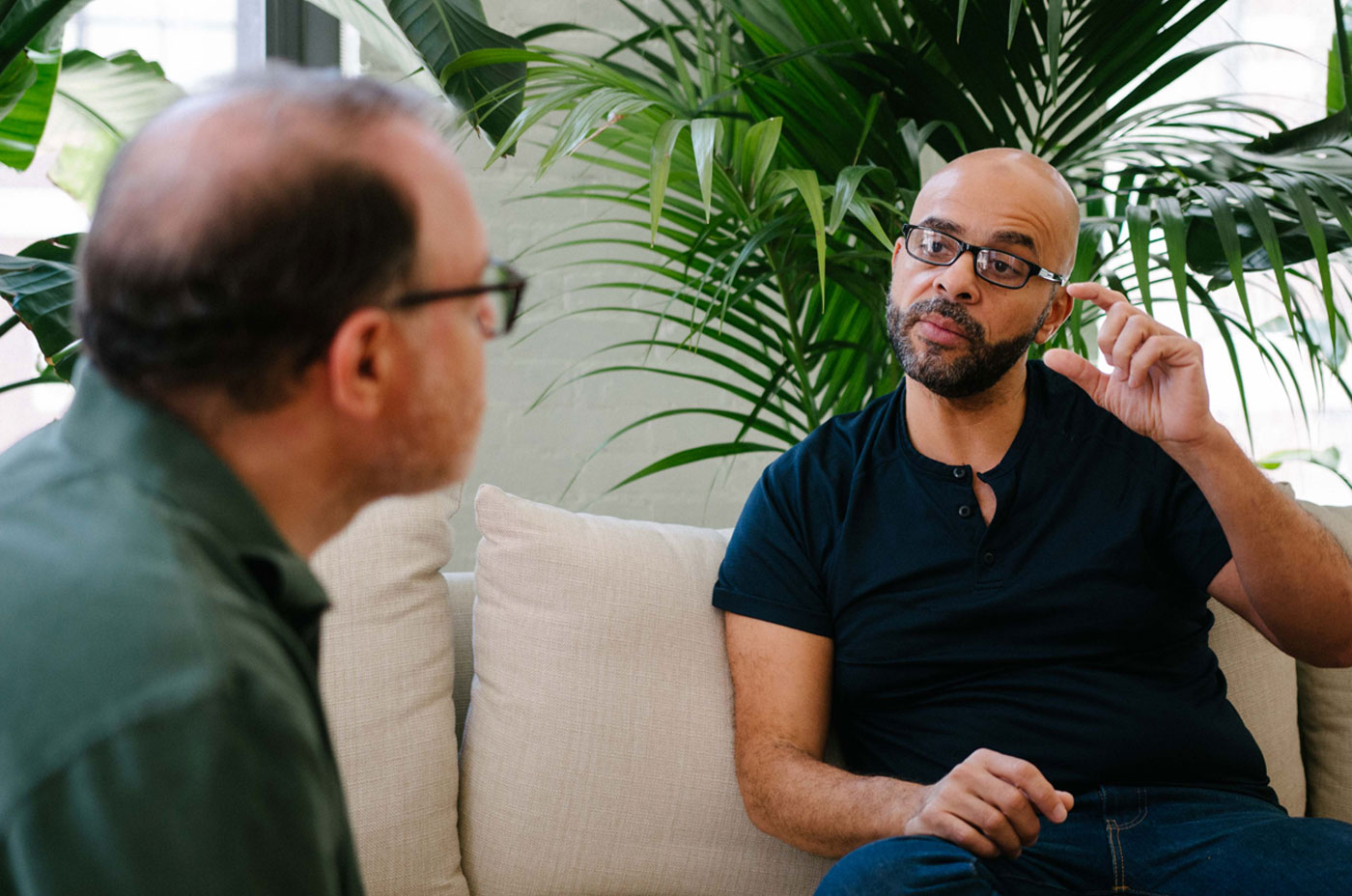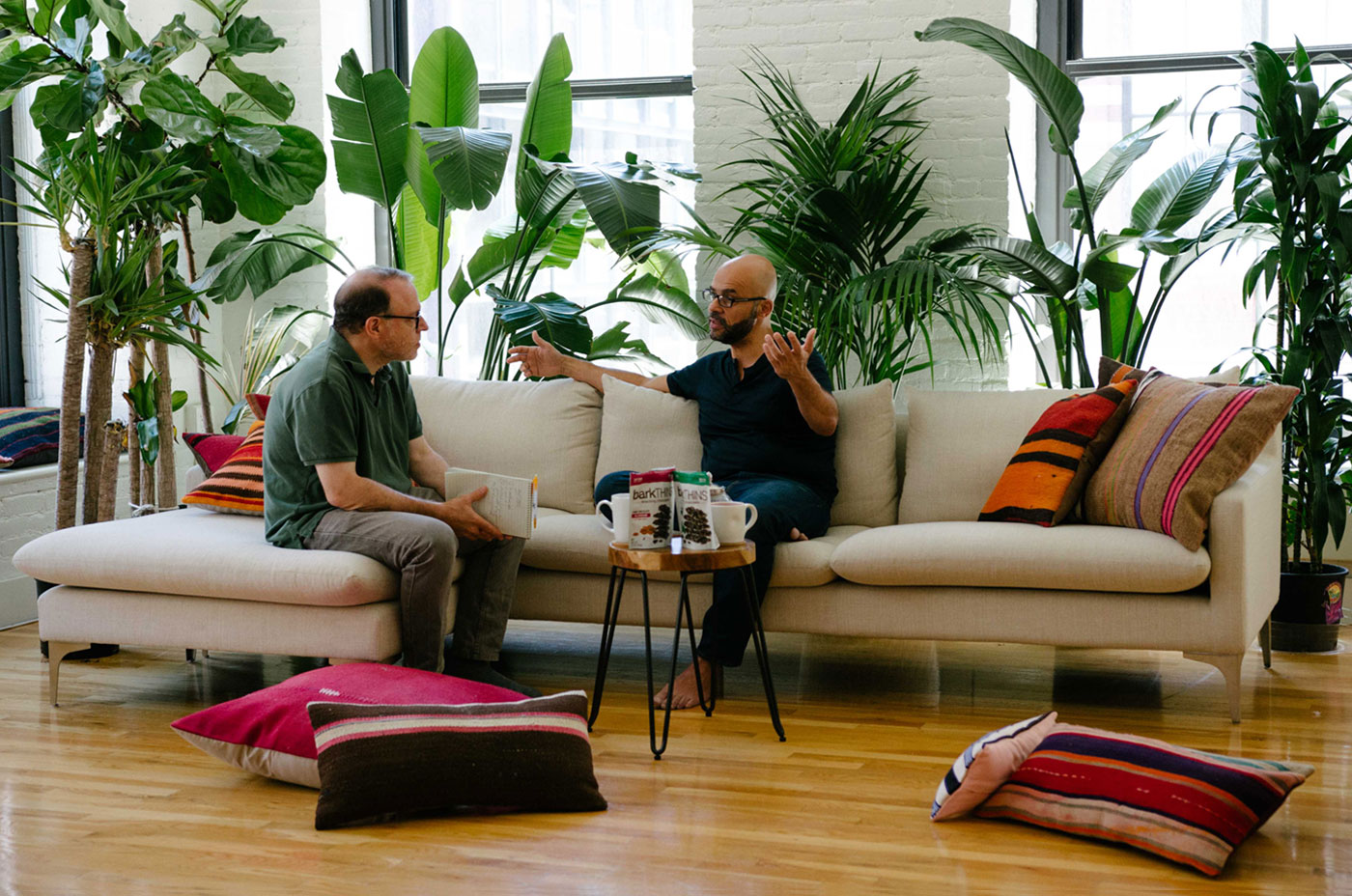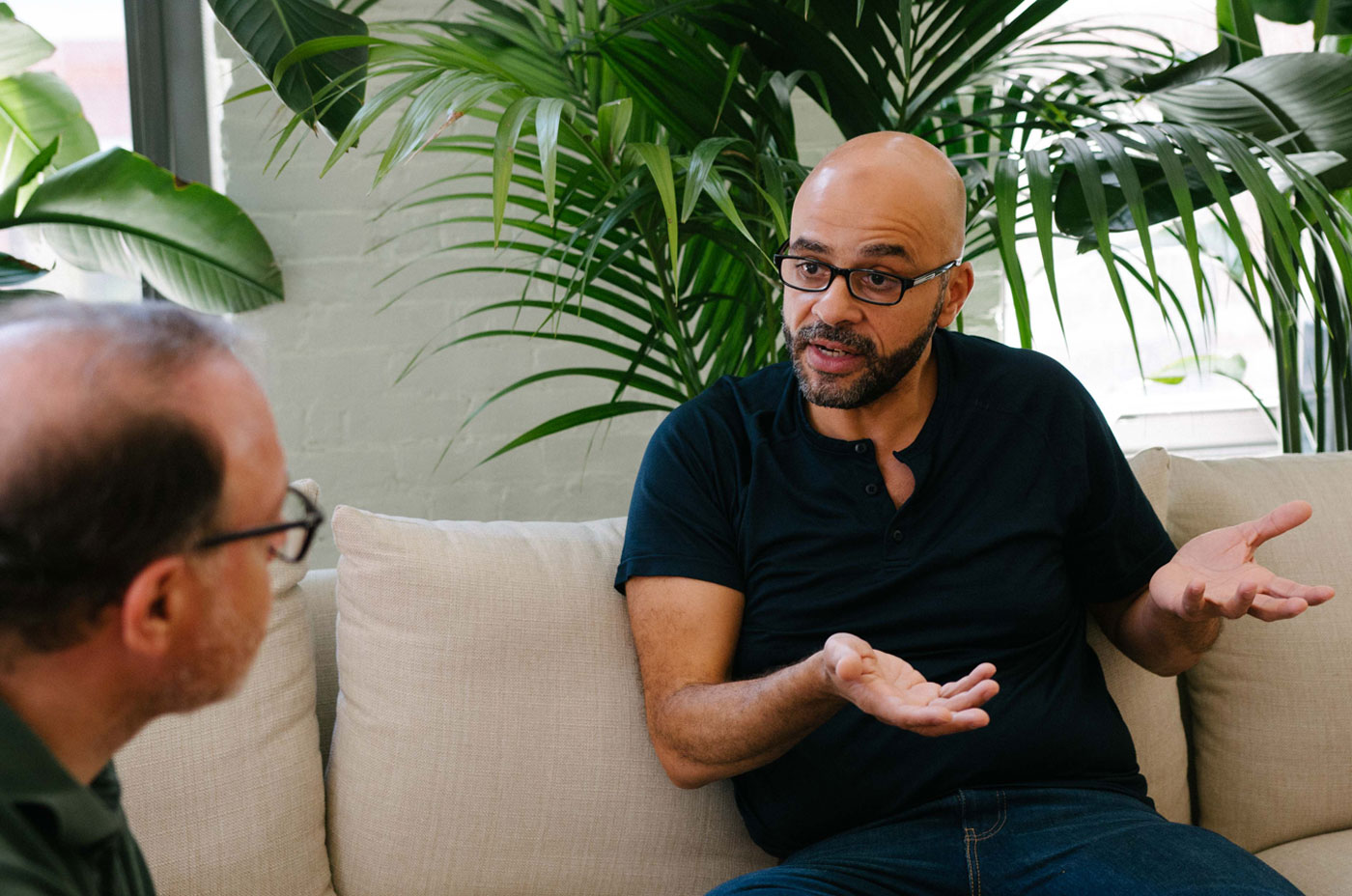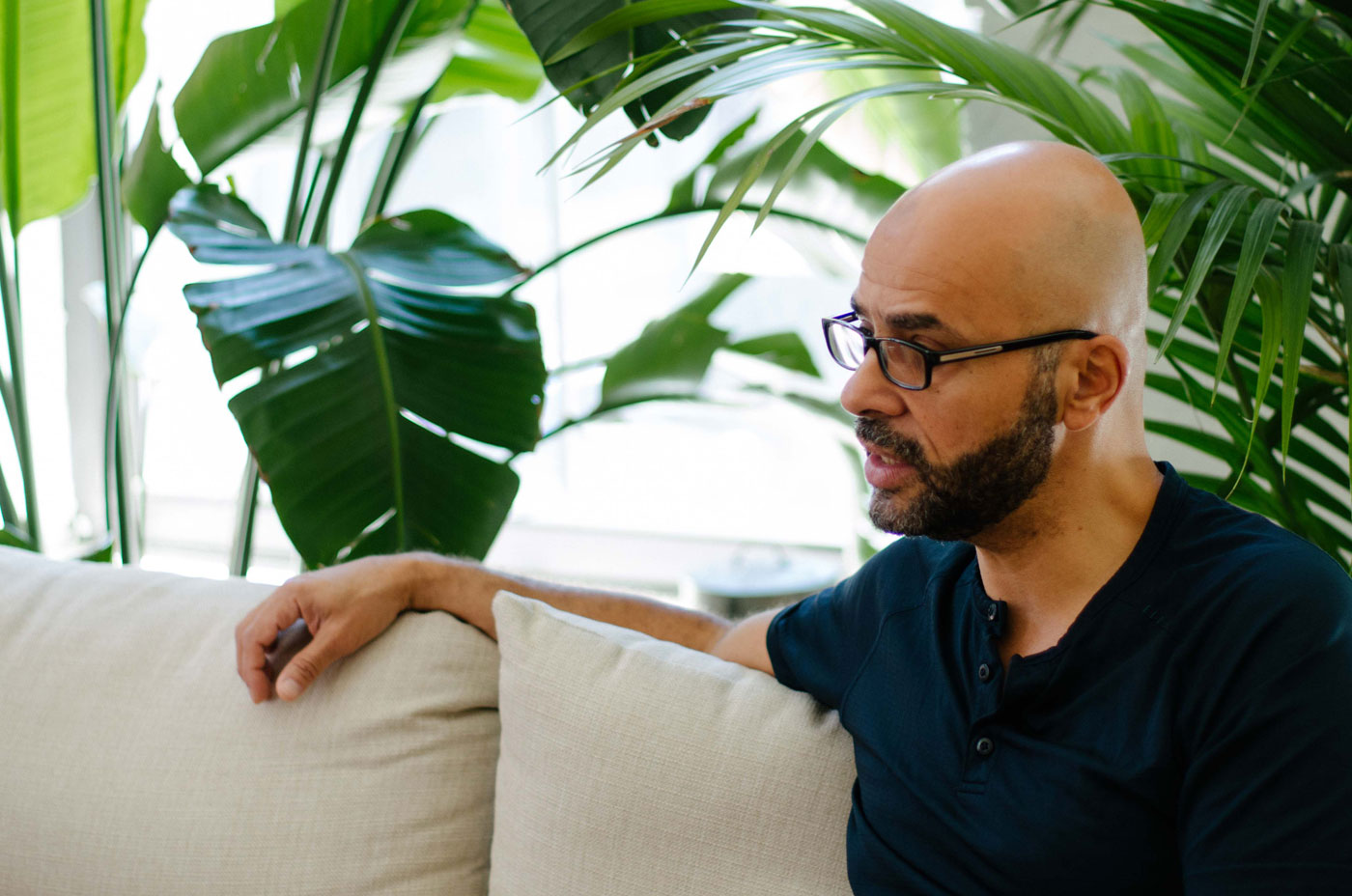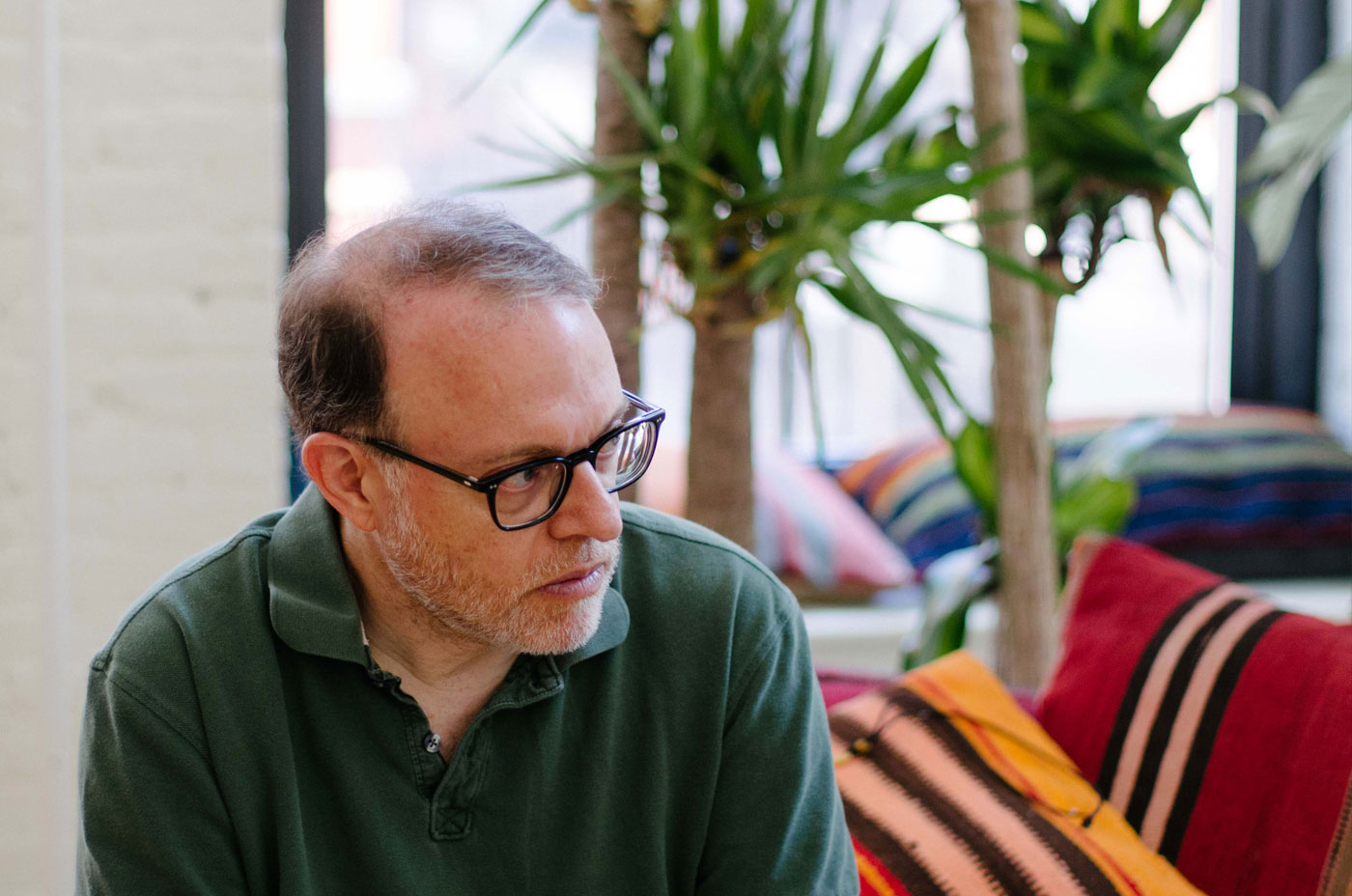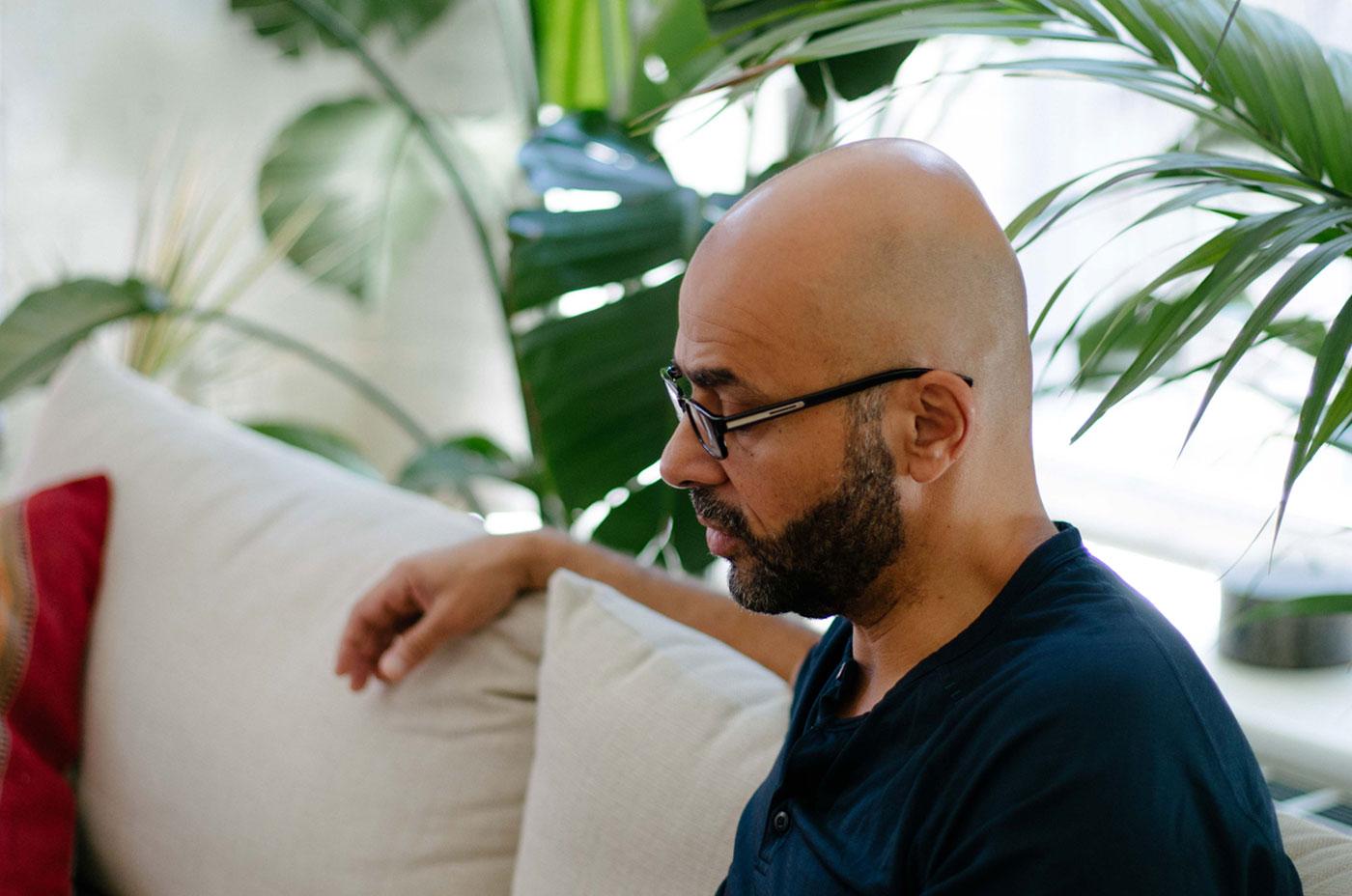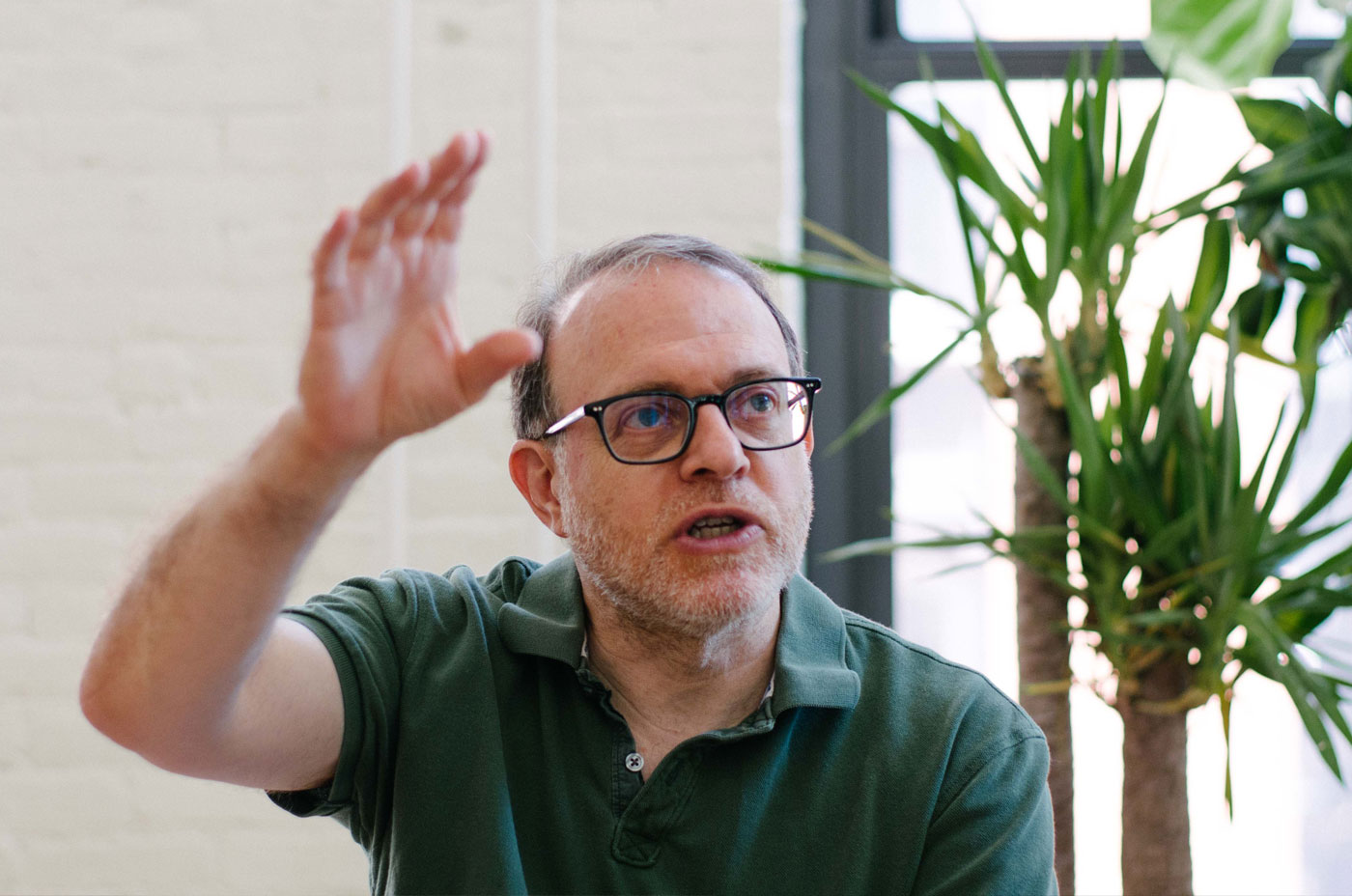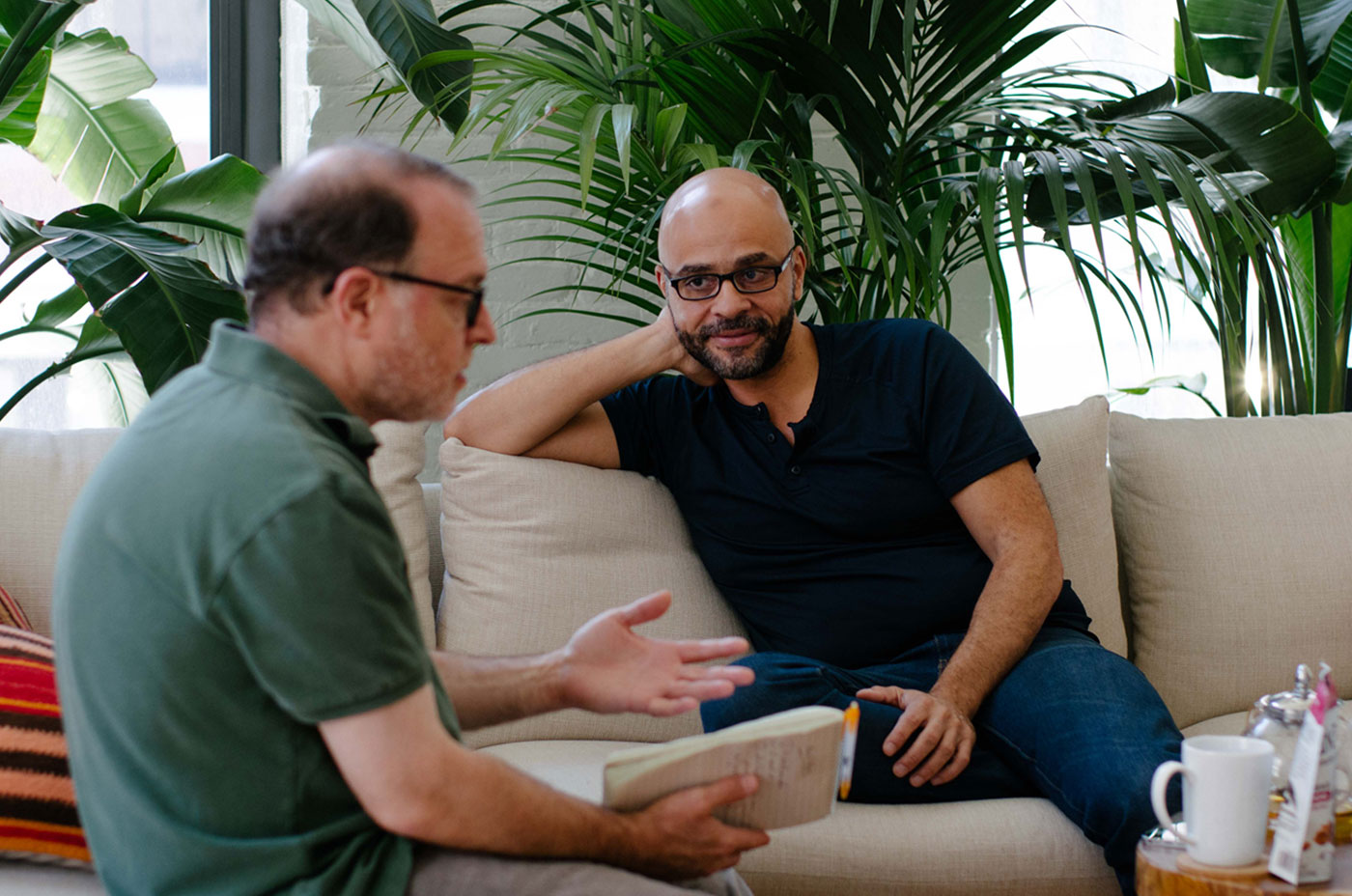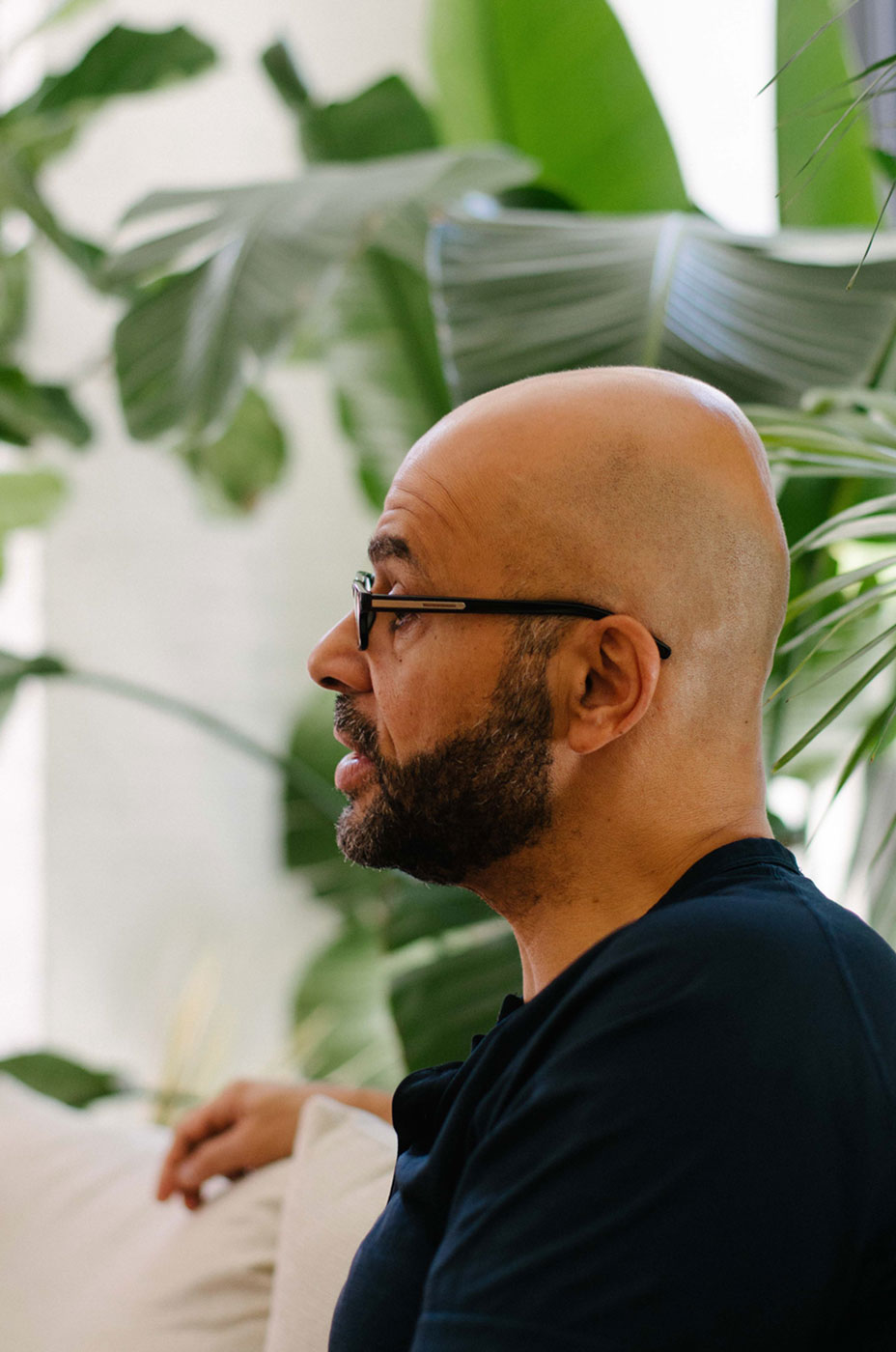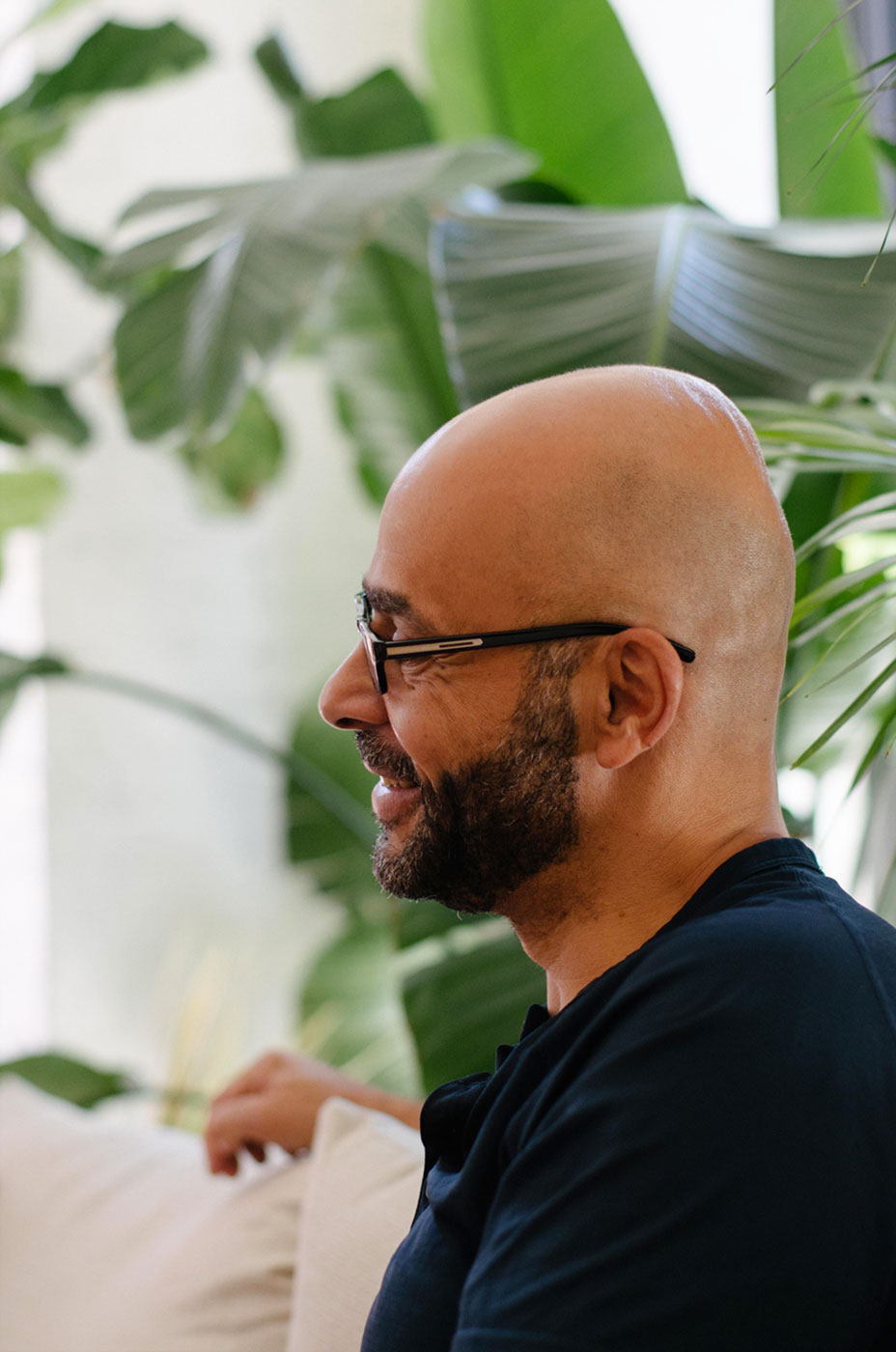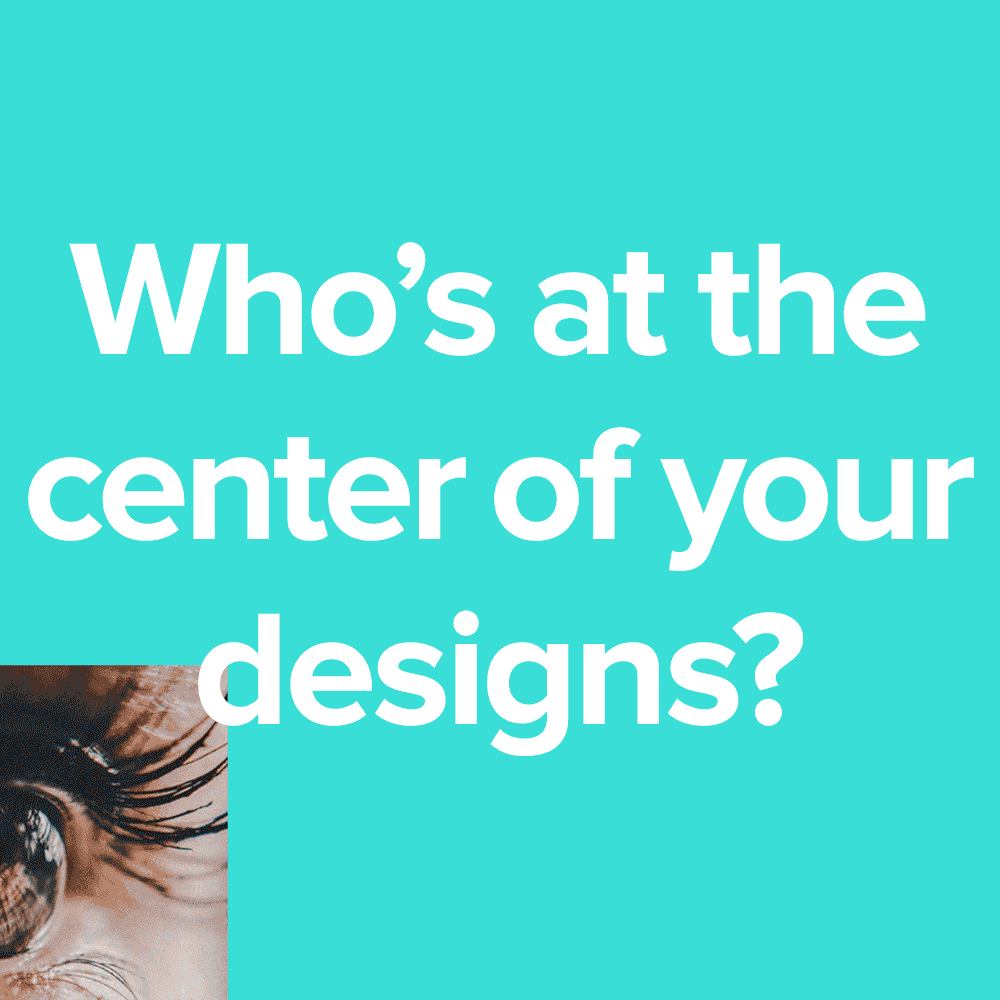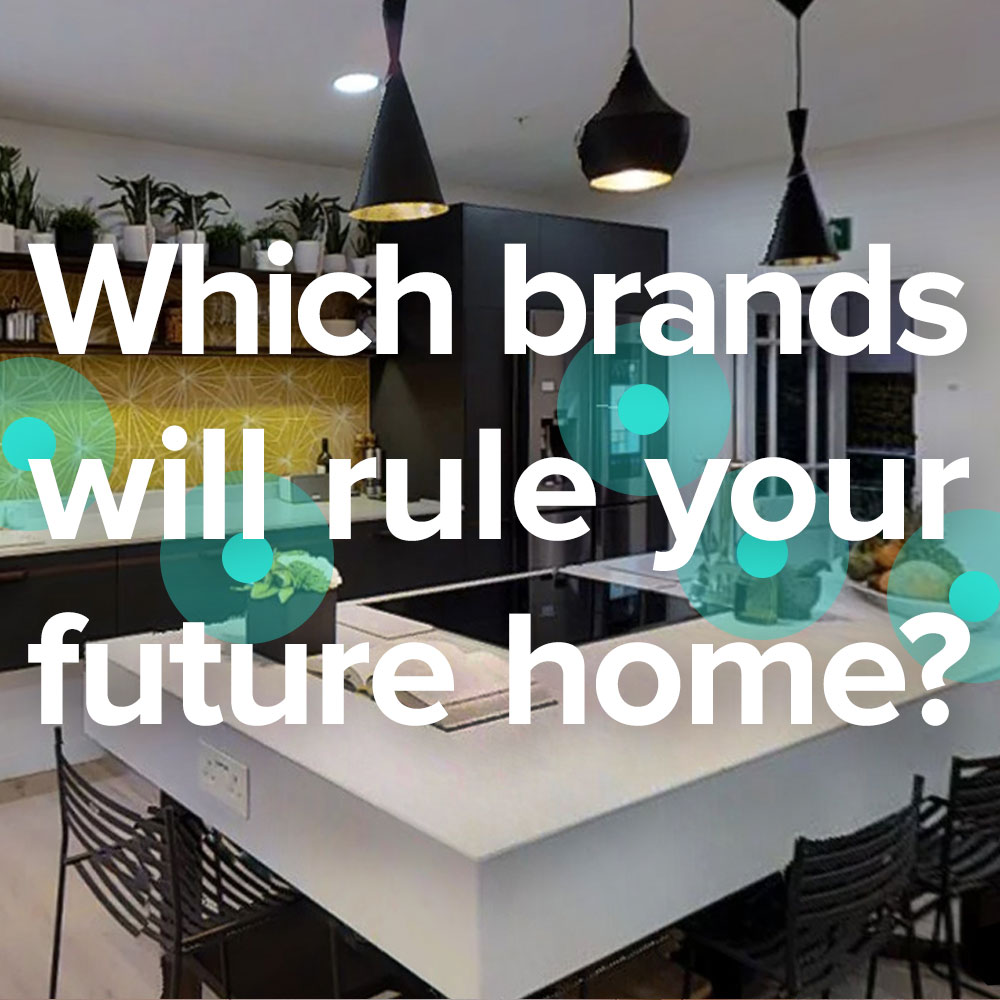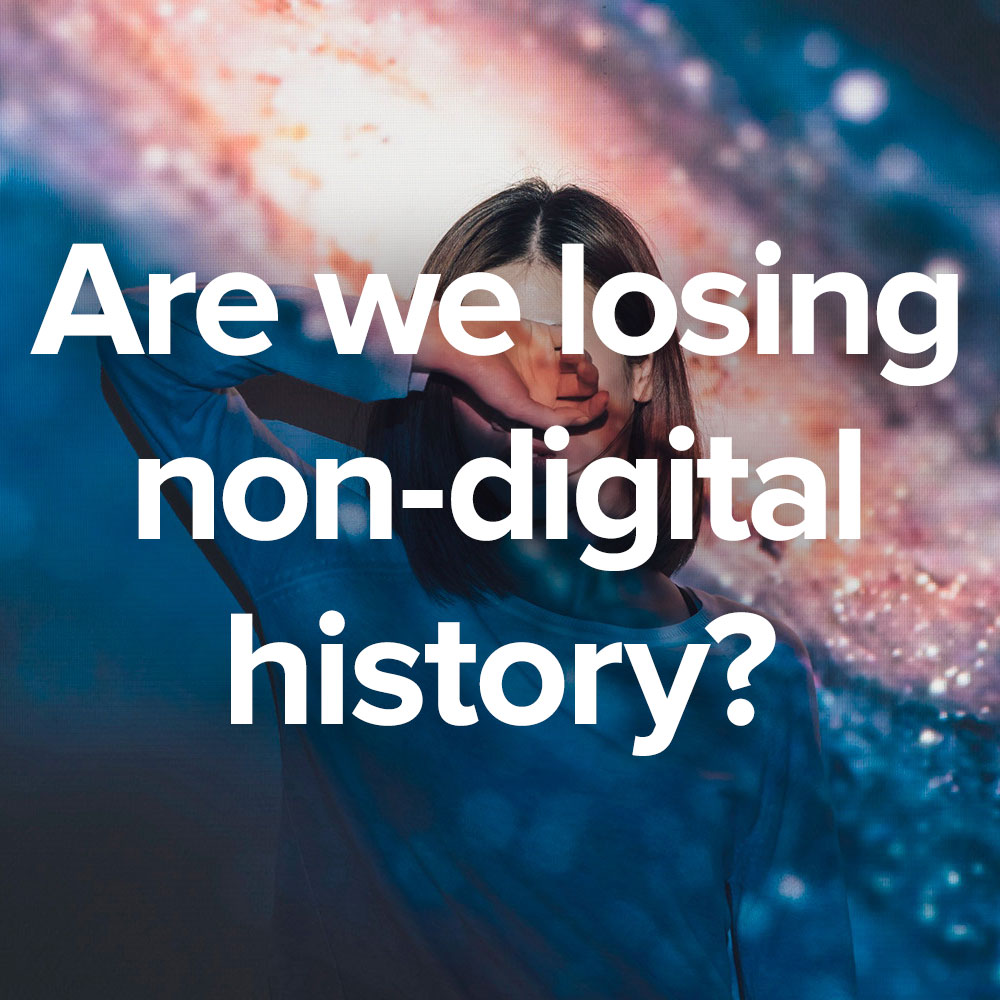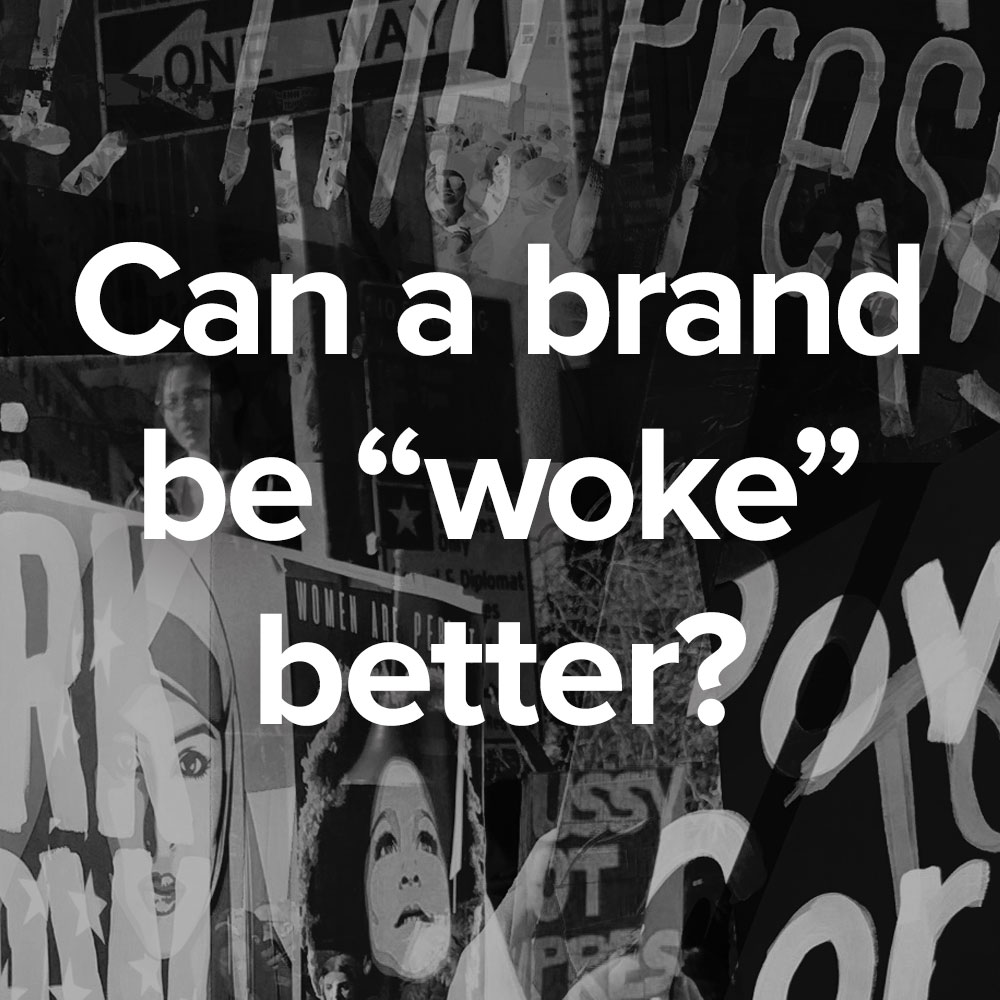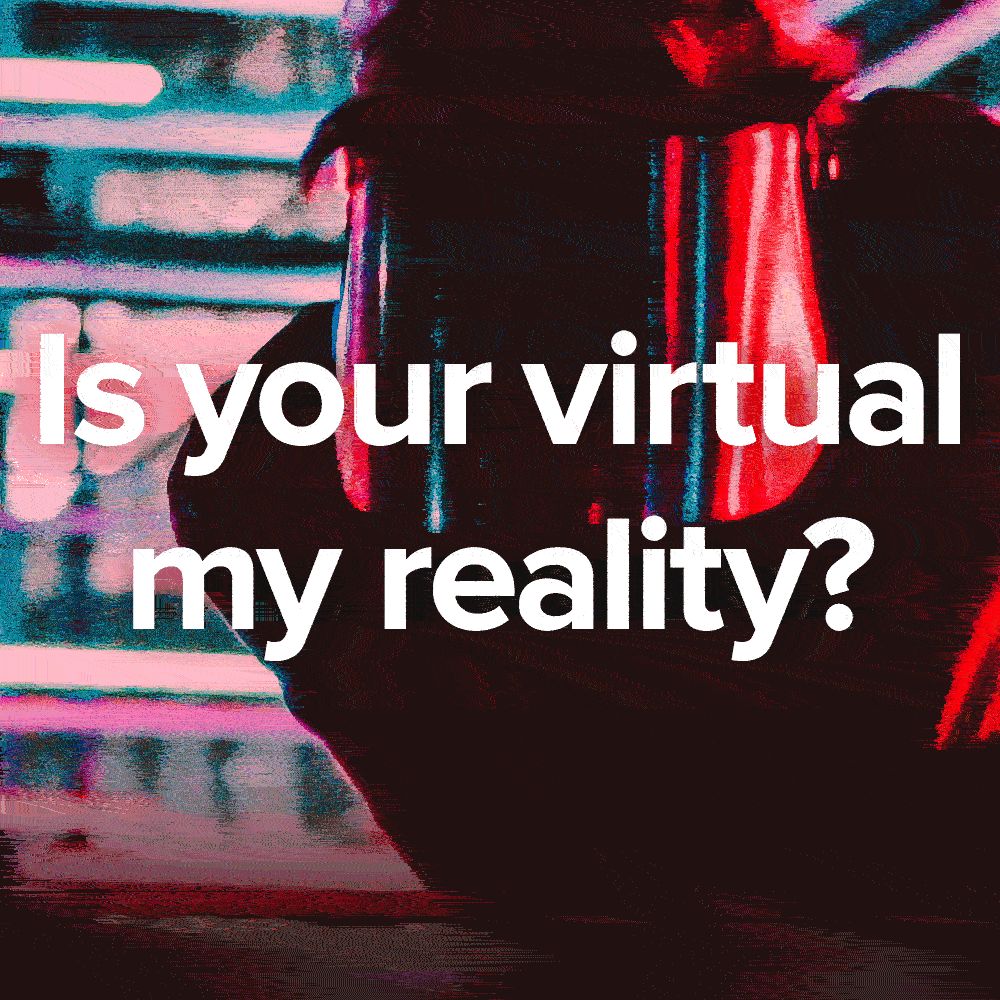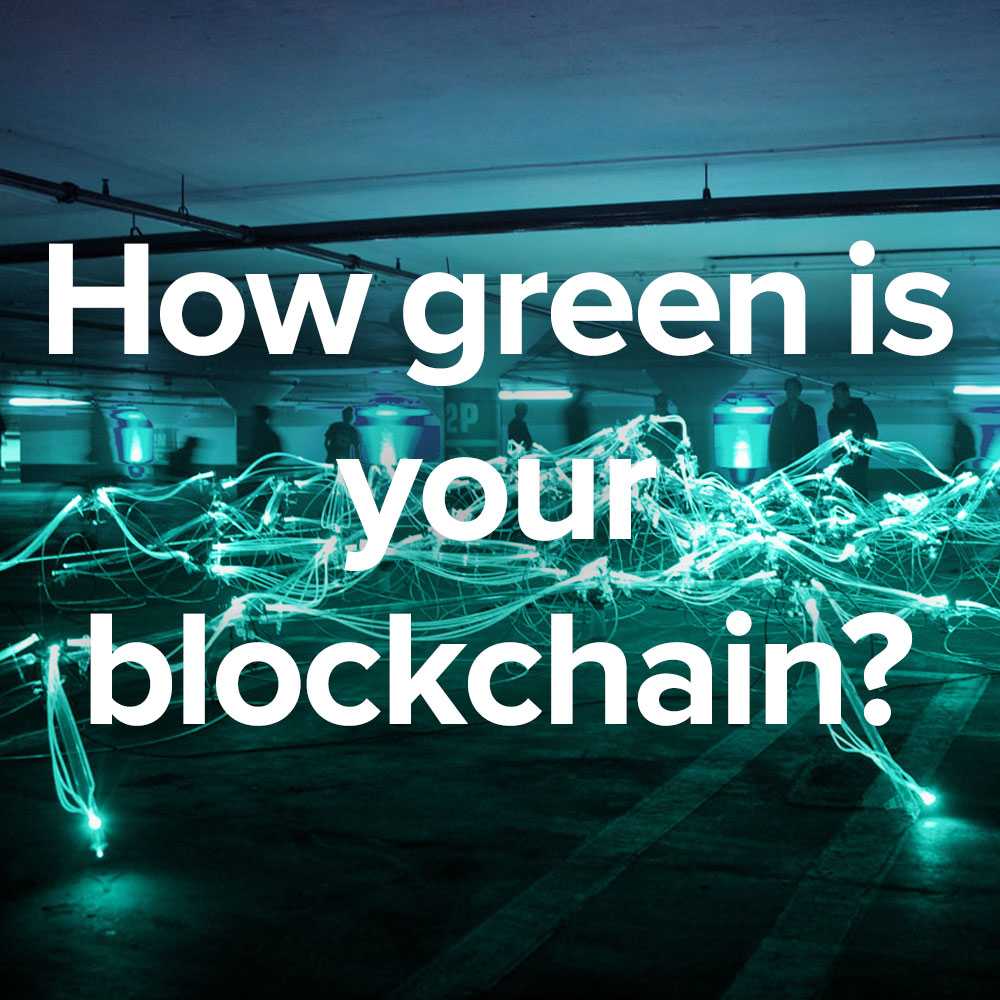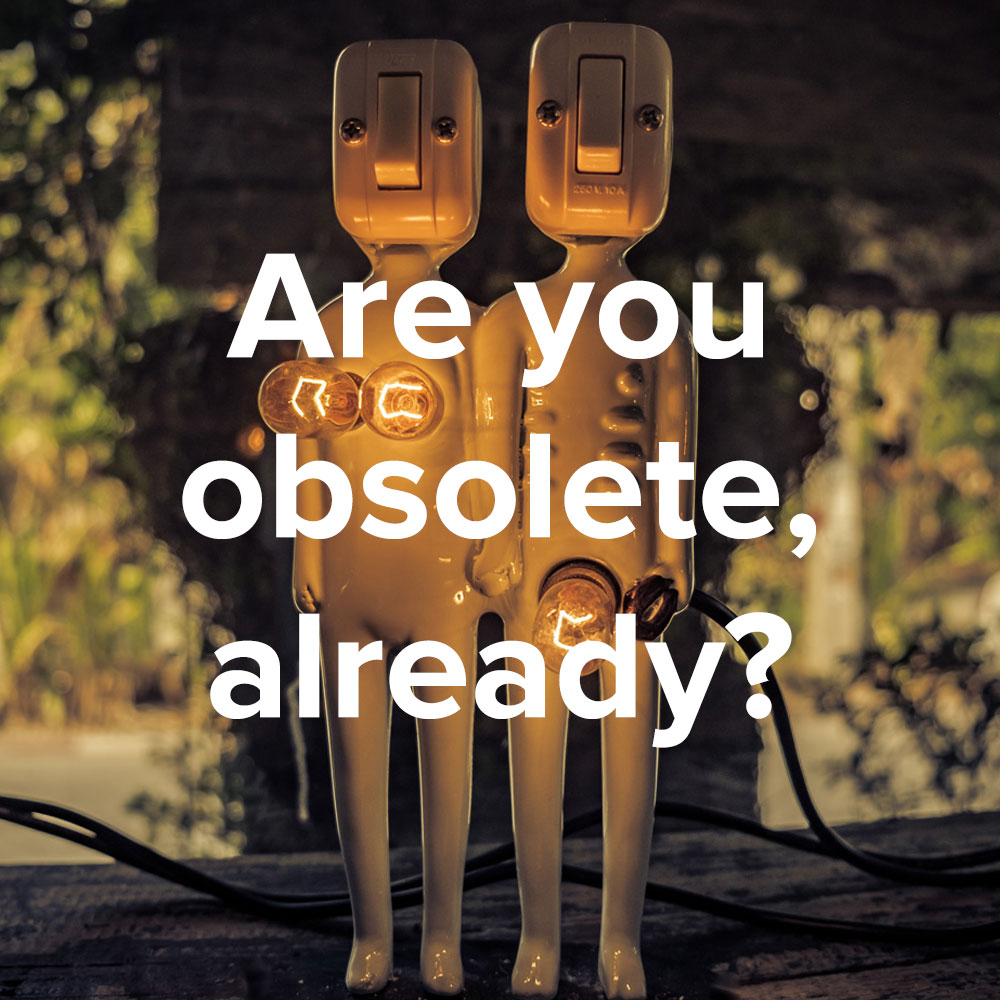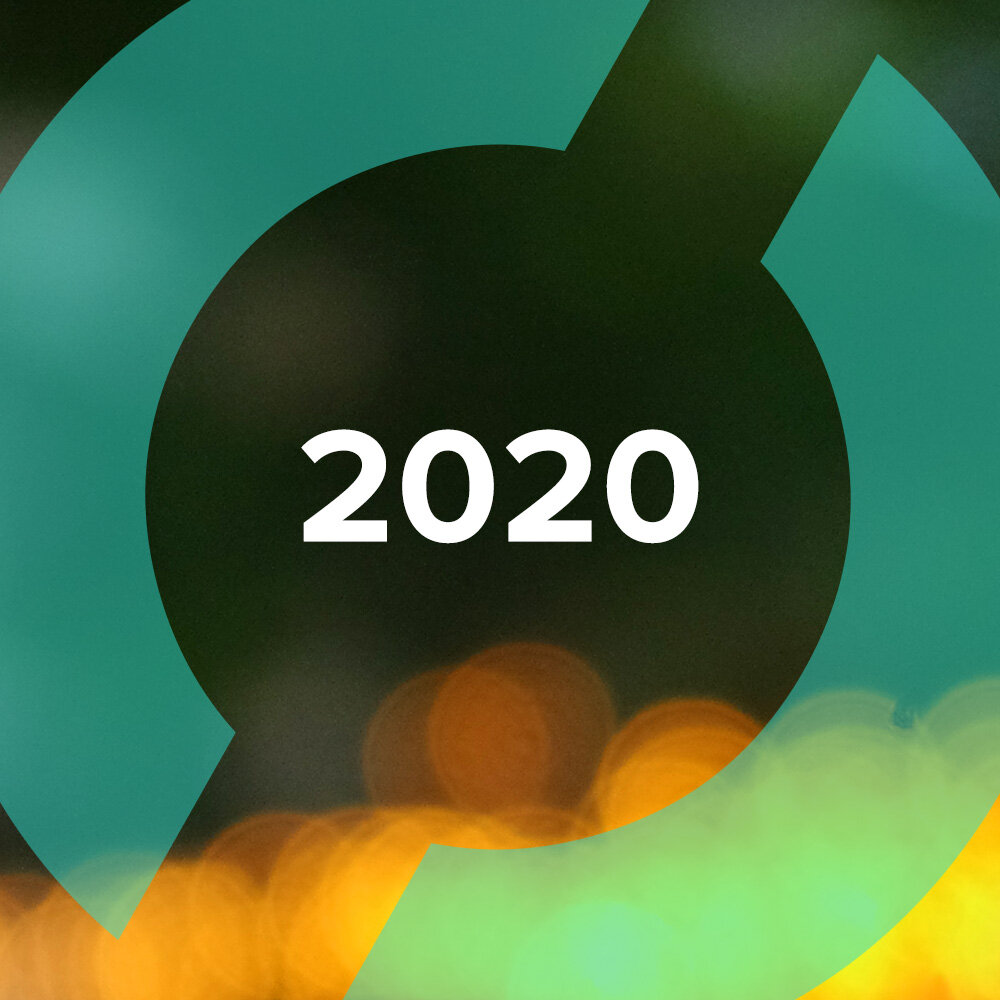“_________”
Mo on Happiness.
I have allowed myself to acknowledge how all of the work I’ve done in technology may have benefited the world up to a point, but the world is now at a point where we actually need to do something different if we want humanity to continue to progress. So I announced a new goal: 1 billion happy people.
— Mo Gawdat
Author ‘Solve for Happy,’ Founder #Onebillionhappy and former Chief Business Officer Google [X]
A2 + B2 = C2 (Pythagoras)
E = mc2 (Einstein)
6-7-5 = 😀 (Gawdat)
— I’ve always had a complicated relationship with math. However tortuous the path to the answer, I can do baseball batting-average calculations in my head; if Mookie Betts of the Boston Red Sox went 47 for his next 111, would he be hitting .400 for the season?* But I lasted about three seconds as a math major in college, about as long as it took to open up a calculus textbook and then run down to the ’Skeller for a beer.
I suppose this is “inside baseball,” as it were. But what if the math I am trying to wrap my head around was a different kind of equation, like “6-7-5,” the only three numbers you have to remember as you begin to grasp Mo Gawdat’s Happiness Model. Or as Gawdat, formerly head of Google X, now the author of the book Solve for Happy, puts it, you need to “Bust the 6 Grand Illusions, Fix the 7 Blind Spots, and Hang on to the 5 Ultimate Truths” (page 45, paperback edition) to achieve happiness.
Gawdat came to his solution the hard way, as so many people do. Cursed with depression but blessed with an incredibly analytical mind and a dogged determination to make the math of happiness work, Gawdat spent years trying to perfect a model that would lead to something that most of us probably assume is unquantifiable. That he reached his nirvana only after his son’s death laid him low buttresses the argument for his equation. But let’s let him tell the story of how he busted his six illusions (thought; self; knowledge; time; control; and fear), fixed his seven blind spots (filters; assumptions; predictions; memories; labels; emotions; and exaggeration), and hung on to his five ultimate truths (now; change; love; death; design):
Mo, your path to happiness, it’s sort of like the proverb, “necessity is the mother of invention.” When did you begin to realize you needed to make happiness happen?
Mo — Well, I’m an unusual story in a way and a very typical story in other ways. I’m unusual in that I was brought up in Egypt and had an incredibly successful career from a very young age. By my late twenties, I had already been a director of a major consumer goods company. I was also a day trader in the NASDAQ market from Dubai, which basically meant by 5 p.m., when I finished my day job, I would go and make double-digit returns on monthly basis in the market. I was extremely fortunate. I had a wonderful family—and I was clinically depressed.
“What I wanted was basically a crazy idea: if I can tell 10 million people what Ali taught me and make them happy as an end result, then I have given them life. This wouldn’t bring him back, but it would at least make the days ahead a little better than the day when he left.”
Depressed in the Middle East 20-odd years ago …
Yes, and I had to struggle with that depression by myself because in the Middle East at the time therapy wasn’t a very viable option. I had to read about the topic of happiness, and I couldn't understand what they were talking about because the engineer-dominant side of my brain was telling me not to accept these sort of concepts, of spirituality or meditation or mindfulness and so on. I had to research the topic as an engineer, which was a very unusual take on happiness; it assumes that this is a predictable system and that this predictable system can actually be fixed.
So you’re a corporate executive and a day, no, night trader, and a father and husband, all at the same time? How did that go over at home?
Through all of that, I had the help and support of my wonderful children, yes. My son, Ali, was extremely wise, quite peaceful, almost Zen. My daughter, Aya, was energy and sunshine. I would go to them with what I understood as an engineer, and they would give me the heart side of it. And we built a model that restored me back to happiness, took me around five years. Around three to four years later, I was the happiest person. I started to explain the model to my friends, my family and so on and so forth. And it’s always worked for them, which basically told me it was really solid enough.
And then …
And then, the ultimate test, of course, was when my son, Ali, left. My son, unfortunately, needed a very simple surgical operation, but it went wrong, went wrong in so many ways, which basically made it impossible to rescue him. Inside of four hours from the time where we were planning a wonderful vacation together. It’s probably the hardest thing a parent would ever have to endure, but for me, specifically, I think it was a bit more than just losing a child. I was losing my son, but also my best friend. I had him at a very young age, and he was really my coach, my mentor. When he was 16, I started to go to him for everything. And losing all of that, you would expect that I would collapse for the rest of my life.
But you didn’t.
I still feel the pain every single day. But I wasn’t unhappy. I wasn’t disgruntled with life. I didn’t want revenge. I didn’t want to take life, you know, destroy the surgeon's life as a result of taking my son's life instead. I was quite peaceful. My whole family was quite peaceful. The more interesting side is that what I wanted was actually to give life rather than take lives for his life. What I wanted was basically a crazy idea: if I can tell 10 million people what Ali taught me and make them happy as an end result, then I have given them life. This wouldn’t bring him back, but it would at least make the days ahead a little better than the day when he left.
You’re using not just the printed word but other forms of media to spread the word, correct?
Correct. The book has become an international bestseller. My videos have had hundreds of millions of views. And, because of that, I very quickly realized that, you know, 10 million people was not the right target. For the first time, I have allowed myself to acknowledge how all of the work I've done in technology may have benefited the world up to a point, but the world is now at a point where we actually need to do something different if we want humanity to continue to progress. And so I announced a new goal: 1 billion happy people. And now tens of millions of people have found a path to happiness.
Tell me about 6-7-5.
The “six” refers to our grand illusions. Control is an example of one. We actually believe that we can control everything. But we can’t control our spouse, we can’t control the train, we can’t control our employees. The search for control is totally a production of the modern world of living, this life where every advertiser is telling you that you can actually achieve that balanced life, while the reality is chaos theory, entropy, butterfly effects, black swans. Every bit of scientific evidence will tell you that you have zero control. If you go through life with control as an illusion, your expectations are set so unrealistically that almost every single event will miss them, right? Every single event that you expect to stay within control will always go out of control or require a tremendous amount of effort on your side to keep it within control. And so you’re unhappy either way, right? There are six of these grand images.
Meanwhile, there are seven blind spots. There are features that enabled us in the cavewoman/caveman years to survive, right? You know, if a tiger showed up, there was no benefit whatsoever for the caveman brain to think, hey, what a beautiful animal, right? Even though a tiger has beautiful muscular tones and beautiful colors, patterns and shape, and you could think of it as a beautiful animal, your brain doesn’t want to see that. Your brain does want to see that if the tiger feels like it, we're going to die. So those features turn every event to a grumpy event, right? Another example: Your boss tells you to please produce the article a little quicker. Nightmare, right? Well, he or she actually wants to put it in the front page. But you’re unable to see that.
If you can fix the “six” and the “seven,” you will find that 95%, 98% of life doesn’t warrant unhappiness at all. You will see the reality of life. It’s not perspective. It is truth. If you see the truth, you find happiness a lot more. It’s just the match between expectation and the reality of your life. Now with that in mind, you start to go to the five and the five is a very simple approach to life.
6
Bust your six illusions
(thought, self, knowledge, time, control, and fear)
7
Fix your seven blind spots
(filters, assumptions, predictions, memories, labels, emotions, and exaggeration)
5
Hang on to your five ultimate truths
(now, change, love, death, and design)
Can you give me an example of how knowing the ultimate truths helps us toward happiness?
Sure. You are tested up to 60,000 times a day. Here’s one: you have an appointment and the subway taking you there doesn’t come on time. You can be in the station killing yourself with anxiety, regret and shame, but the truth is, the train was never really expected to come on time. So you can be upset for the rest of your life, or you can recognize that life is actually hyper-predictable, the train was likely never going to come on time, and if you navigate through a set of tools, the truths, you will send your appointment a text, a message, explaining and not be in a state of unhappiness over your misfortune. Even when my son died, that was ultimately predictable. Sons die. We all die. It’s the harshest event ever, but it’s expected. But when you come to expect a slight harshness, then you don’t become a disgruntled child saying you don’t want this. You simply say, OK, this is the new baseline of my life.
At what point does happiness become second nature?
Never. Never. You have to work at it or you go flabby. At what time does writing an article become easy? It becomes easier, but there is always a challenge and there’s always effort involved.
But surely you have your unhappy moments, even over relatively trivial things?
The key is rebound time, how quickly do you go back to a state of happiness and accordingly, how much of your day, how much of your life do you spend in a happy place? Believe it or not, with the exception of two or three, maybe four events at most every year, my rebound time is in seconds. It’s not in minutes, not in hours, not in days. And it can be in seconds because you can immediately realize the tools. Most nuisances don’t make you unhappy anymore, you would need a very serious event for that.
“The key is rebound time, how quickly do you go back to a state of happiness and accordingly, how much of your day, how much of your life do you spend in a happy place?”
Let’s talk about bringing happiness into the workplace, since after all, we spend a lot of hours at work, and that’s where a lot of unhappiness occurs. Why does it seem that companies almost prefer poisoned employee-employer relationships?
We prefer to pressure our employees because we believe with our narrow focus that this is going to make them make more shoes in the shoe factory, you know, just to make more profits. But happiness is not an optional thing, because it’s happy employees that produce more. By definition. Happy people are 12% more productive than unhappy ones. And they have less absenteeism, right? They stay in the job longer, so you don’t have to constantly recruit and train and so on. What’s even more important is, when they show up at work, they’re more committed. They’re enjoying what they’re doing. They’re doing it with passion, not just, you know, making sure that their managers don’t see them browsing the Internet.
You would think management would get this by now. What’s the problem?
Well, for one thing, sometimes it’s the manager him or herself who is unhappy. Grumpy. If the leader is unhappy, good luck. And second, managers prioritize the wrong thing. There’s a presumption that the employee will try to take advantage. But in a happy workplace, you can hire the most amazing people and motivate them and make them happy and then they will produce miracles.
You mentioned the boss being grumpy. How do you teach empathy? How do you bring empathy into business relations or relationships in the workplace?
I actually teach employees to leave. If your boss is annoying, leave, it’s as simple as that. I mean, not immediately. But eventually, the most talented people will end up in the companies that actually make employees happy. And over time, happiness would become as much a skill in a manager as teamwork and team management.
I want to ask you one more question, but let’s ask it in three different ways. First, what would you tell somebody looking to bring happiness into their business?
Let’s start with this premise: At work, happiness is not a luxury, at all. Most of us have come from the industrial times believing that work is all about pushing people hard and making them produce one extra shoe a day. That’s actually not the case with our corporate life anymore. I think in business you want employee creativity, you want the employee to be passionate about what they do. We want them to have wonderful relationships with others. You want a happy workplace and an energizing workplace. And so in that case, happiness is not a luxury.
Now, how’d you do it? First and foremost, you have to be a happy leader yourself. You actually have to embody not only the behaviors of happiness, but really the choice of happiness.
Second, imagine that you are just starting out in the marketing field. And you're young and impressionable and your habits are not yet ingrained. How do you infuse happiness into your work?
So, I started by saying that advertising is probably one of the biggest reasons for unhappiness in our world today. In my model, happiness is equal to or greater than the difference between the events of your life and your expectations of how life should be. This is the happiness equation, right? We’re constantly comparing events to expectations to find out if we should be happy or unhappy about the situation, and advertising has the single task of making us feel unhappy about everything we have and how we are missing everything that we don’t have. Advertising is constantly bombarding us with, you know, you’re not good enough until you get my product.
But advertising is not marketing. And that’s really the truth of what most people miss out on as well. Remember the 4Ps: product, pricing, positioning and promotion. Advertising is just one part of it, but one way of including happiness in your marketing is to actually build a product that makes people happy, to price the product in a way that’s reasonable enough to make people happy, not for just for your profitability, but to make it worthwhile. You want to offer to the world products that don’t require having to advertise heavily in order to get people to actually buy them.
Last question: What’s the most effective way of bringing happiness into our personal lives?
I wish it was that easy but it isn’t. But just like with fitness, if you work out regularly and eat healthily, you will eventually get fit. And if you don’t, you will not. I think the same is true about happiness. You know, we need to prioritize happiness. The modern world has convinced us that happiness is not the target; the target is success or wealth or one’s position within society or whatever. I think it’s about time to remember that we are born happy, and that happiness is almost an engineering product. If you do certain things, you will get the same results every single time. It takes commitment and hard work, and then it takes practice. Once you do that, I can guarantee you, you will find happiness is very predictable
Thank you for sharing your model for happiness, Mo!
* = As of this writing, Mookie Betts has 68 hits in 193 at-bats, add 47 to 68 = 115 Andy remember 115 remember 115 then add 111 to 193 = 304 remember 304 remember 304; 115 divided by 304 well 30.4 goes into 115 how many times hmm 30.4/60.8/91.2 then there’s like 24 left over that’s about 5/6ths so that would leave him at about .380, so nope, he wouldn’t be hitting .400 for the season.


